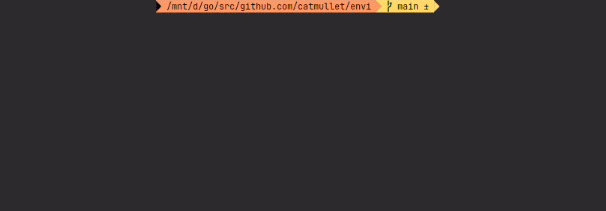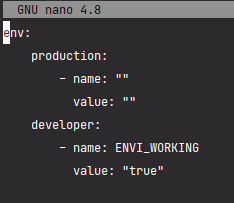Encrypted local environment variable storage
- This will be the symmetric key resource ID stored in GCP's Key Store (https://cloud.google.com/kms/docs/creating-keys). For example
projects/my-project/locations/global/keyRings/my-keyring/cryptoKeys/mykey
import github.com/catmullet/envigo install github.com/catmullet/envi/envi-cli- From the root of your project run
envi-cli init. - To edit the file run
envi-cli edit. This will start up either your default editor defined by theEDITORenvironment variable or it will default to vim.
package main
import (
"fmt"
"github.com/catmullet/envi"
"os"
)
func main() {
if err := envi.SetEnv(envi.Developer); err != nil {
fmt.Println("an error occured grabbing environment variables:", err)
os.Exit(1)
}
for _, v := range os.Environ() {
fmt.Println(v)
}
}


